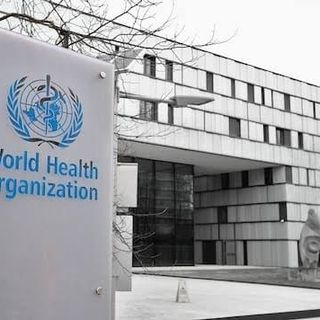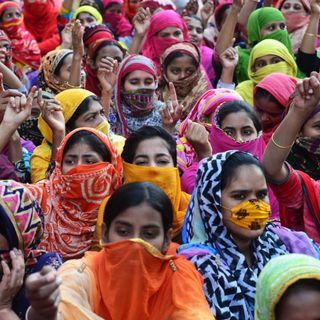At the end of 2019, an estimated 46 million people were internally displaced by conflict, violence or natural disasters states a UNICEF report.Internal displacement refers to people who are forced to flee their homes but continue to remain within their country’s borders. Of these, more than 4 in 10 – or 19 million – were children, the highest number of child displacements recorded ever, the report added.
Forced out of their homes and communities, these children are among the most vulnerable in the world. And the ongoing Covid19 crisis could bring even more harm and uncertainty to their lives, the report states.
Calling these children “hidden victims” of the coronavirus, UNICEF’s executive director Henrietta Fore stated in the report, “For children on the move or living through conflicts, the consequences will be unlike any we have ever seen.” She added, “We must not let them down.”
While India recorded a total of 5 million displacements in 2019, the country, along with the Philippines, Bangladesh, and China, accounted for 69% of total global natural disaster-related displacements, due to events such as storms and floods.
In India, a majority of internal displacements are the result of flooding during the monsoon. Other reasons include earthquakes, tsunamis, cyclones, storms and drought. Localized ethnic and religious violence can also trigger displacement, as seen in parts of Kashmir, but to a much lesser extent as compared to war-torn places like Syria, according to Internal Displacement Monitoring Centre (IDMC), an organization that tracks data and analysis on internal displacement.
Amid the pandemic, according to the UNICEF report, the situation will get worse, because millions who are internally displaced often live in crowded quarters, with limited access to clean water and sanitation facilities. Many of the displaced in the North East, for instance, live in public buildings and makeshift shelters, with little health care and no access to formal education, while those in Kashmir have been reported to live in camps that lack drinking water and health care facilities. Displaced communities also have severely curtailed access to health care. Authors of the UNICEF report added that those in hard-to-reach places are also likely to miss out on lifesaving public health messages. All these factors together could result in Covid19 spreading rapidly among the internally displaced population.
Related on The Swaddle:
Disadvantaged Children More Likely to Have Language Problems Than Those With More Privilege
“The sum of these deprivations can be particularly acute in the life of a child and cause long-lasting harm,” the report states. Therefore, adds Fore, “It is essential that governments and humanitarian partners work together to keep them safe, healthy, learning and protected,” she said.
India’s government has not announced any plan to protect its displaced population against the threat of the pandemic. In this scenario, those belonging to vulnerable groups, and especially children, could face “challenging times in the next few weeks if the community spread of COVID-19 comes to be,” adds professor Venkatanarayanan S.




